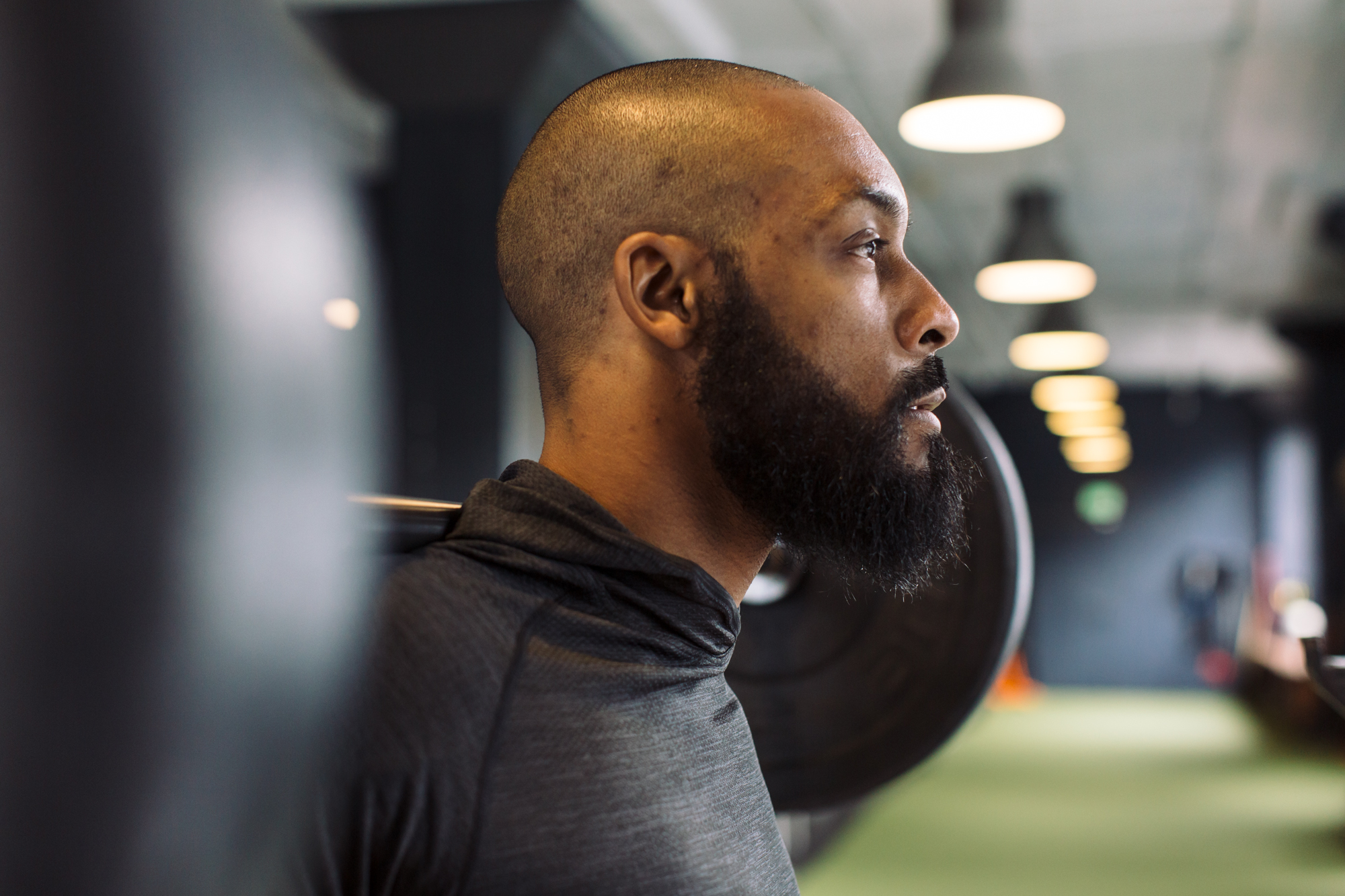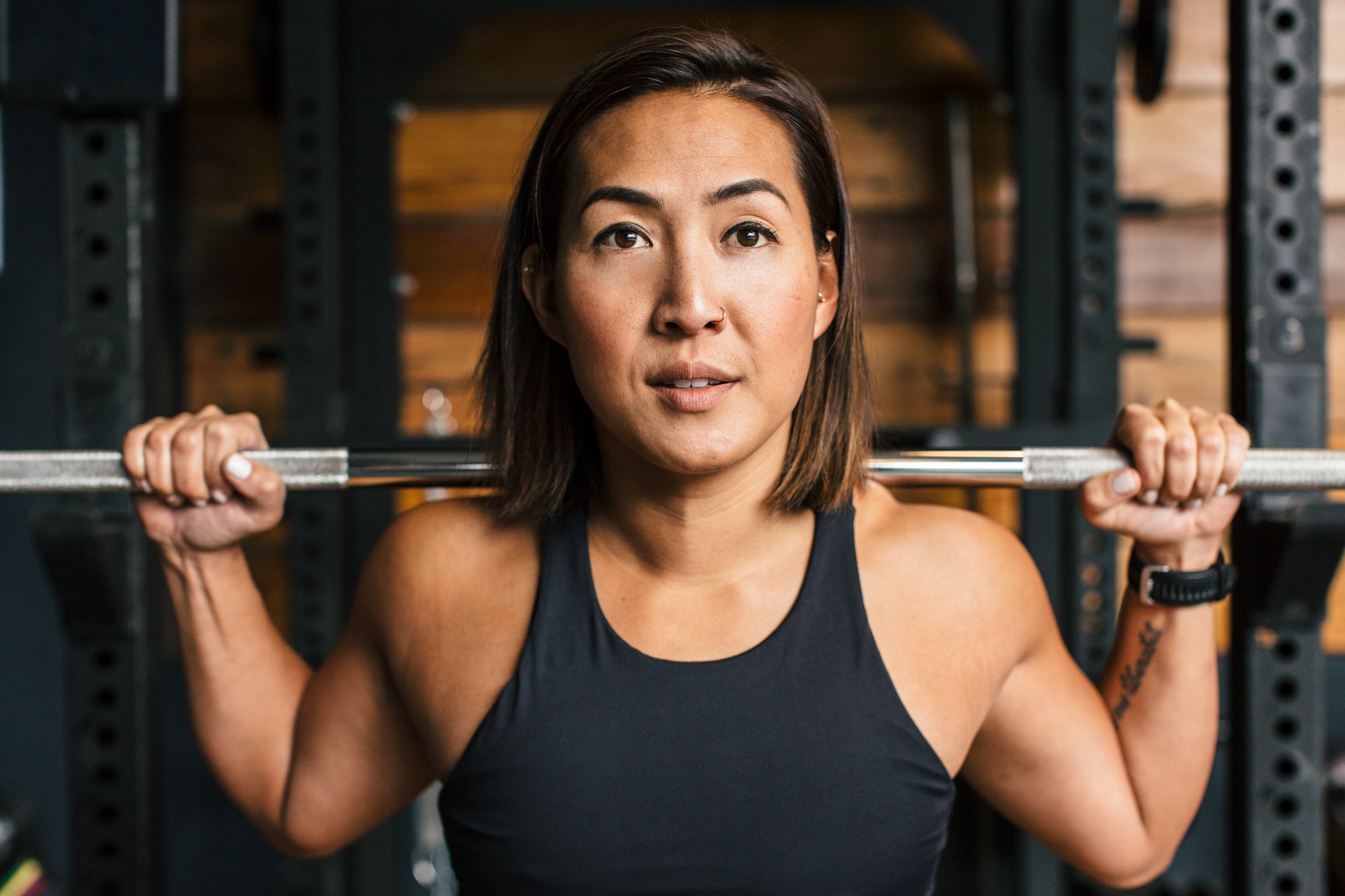Six Benefits of Exercise on Mental Health and How to Program it
By BridgeAthletic on February 19, 2025
Exercise is not only vital for physical health but also plays a transformative role in mental well-being. The relationship between fitness and mental health is backed by robust scientific principles and research, highlighting exercise as a powerful tool to combat stress, anxiety, depression, and more. Below, we explore the key mental health benefits of exercise, the mechanisms behind these benefits, and the types of exercise that yield the best results for each area, including recommendations for frequency, duration, and intensity.
Read MoreStrength Training Beyond Maximal Strength: Enhancing Endurance and Work Capacity
By Nicholas Goode, MS, CSCS on May 28, 2024
When strength and conditioning coaches enter the weight room, the main goal is to develop the primary physical capacities that are most related to the athlete’s sport. The most common objectives of strength training are increasing maximal strength and power output. However, as a part of most periodized training programs, strength coaches often include high volume/repetition training phases with the goal of increasing muscle size, and additionally work capacity and metabolic alterations which can support greater strength adaptations down the road.
Read MoreProfessionals Get Paid, Winners Practice, & Masters Refine
By JD Mata MS, CSCS,*D, TSAC-F,*D, RSCC on December 21, 2023
The views expressed are those of the author and do not necessarily reflect the policy or the position of the Department of the Air Force, the Department of the Army, the Department of Defense, or the United States Government.
Read MoreDesign Programs, Not Workouts: 4 Steps to Successful Program Design
By BridgeAthletic on February 23, 2023
The fastest way to differentiate between a fitness enthusiast and a genuine fitness professional?
Enthusiasts write workouts. Professionals write programs.
The enthusiast may know all different types of exercises and be able to help people “get a good sweat”, but it’s the professional who knows how to actually help trainees achieve their goals in a safe, efficient manner.
To train to failure or not to train to failure, seems like a simple enough question to answer…
Read MoreProgramming with Technology: Objective by Design, Subjectively Flexible
By BridgeAthletic on September 04, 2020
Last week Rob Hartman, Director of Tactical and Elite Sport at BridgeAthletic presented on Programming with Technology: Objective by Design, Subjectively Flexible at the 2020 NSCA Tactical Annual Training Conference. During his presentation, Rob speaks about the importance and the influence objective data has on program design, both as it relates to the individual and their intended outcomes. This objective approach to program design lends itself to creating “a great program, designed for that time period, based on specific needs, dose responses that fit within those parameters specific to each physical characteristics combined to support each other and reduce any interference.” However, he mentions that humans always have interference. The solution or response is leveraging subjective inputs to influence the training that day, not only following the stimulus response approach, but also considering the human response in the moment.
Rob highlights how the Performance Logs in BridgeAthletic can facilitate these subjective inputs and how to easily leverage the BridgeAthletic system to keep the process easy and efficient on the coach. He also provides his own “hacks” of our Bridge system to make this process more fluid.
Read More
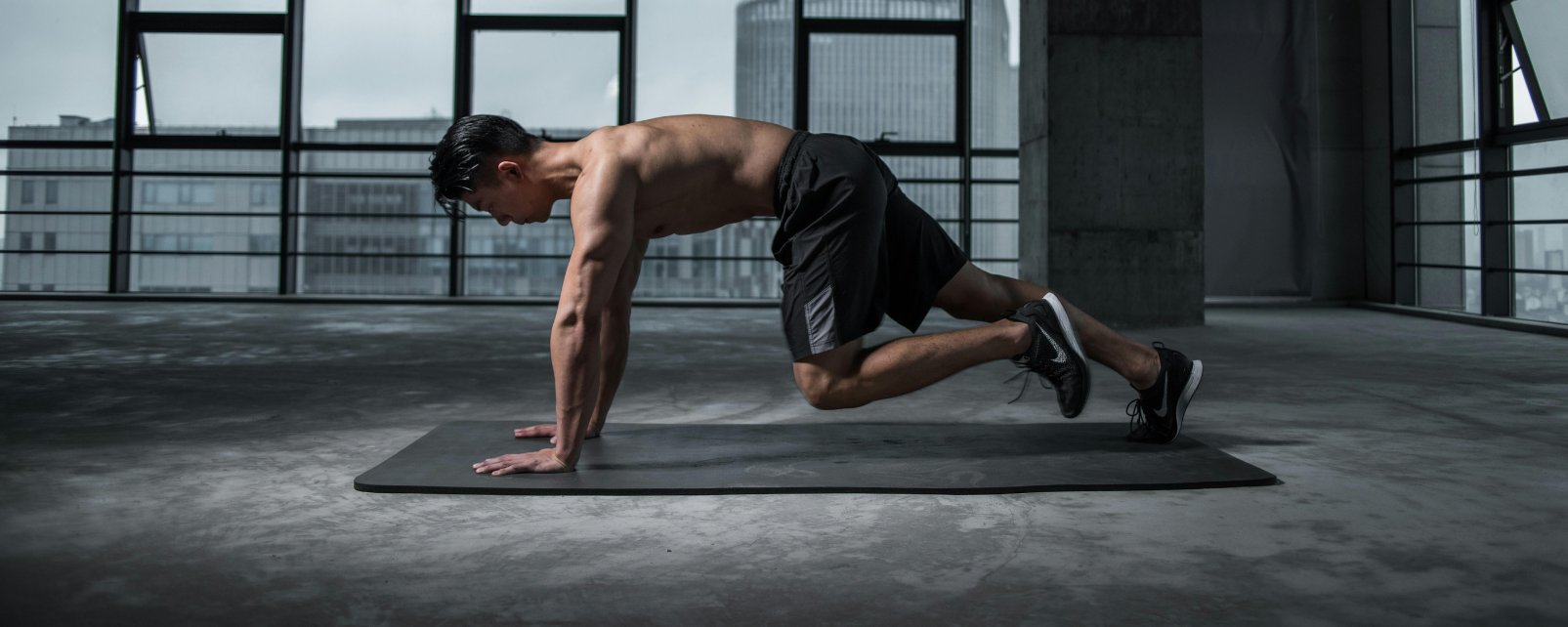
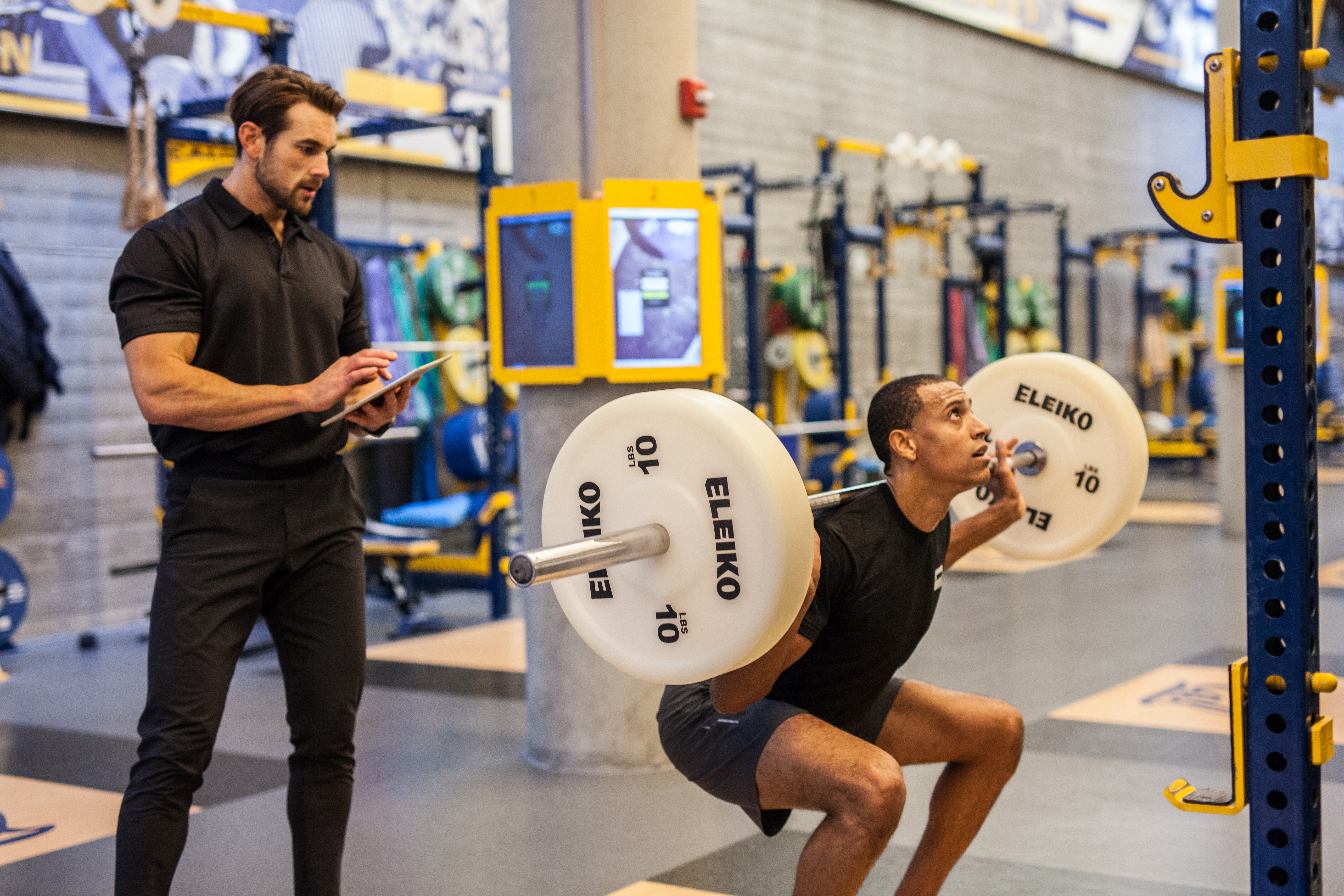
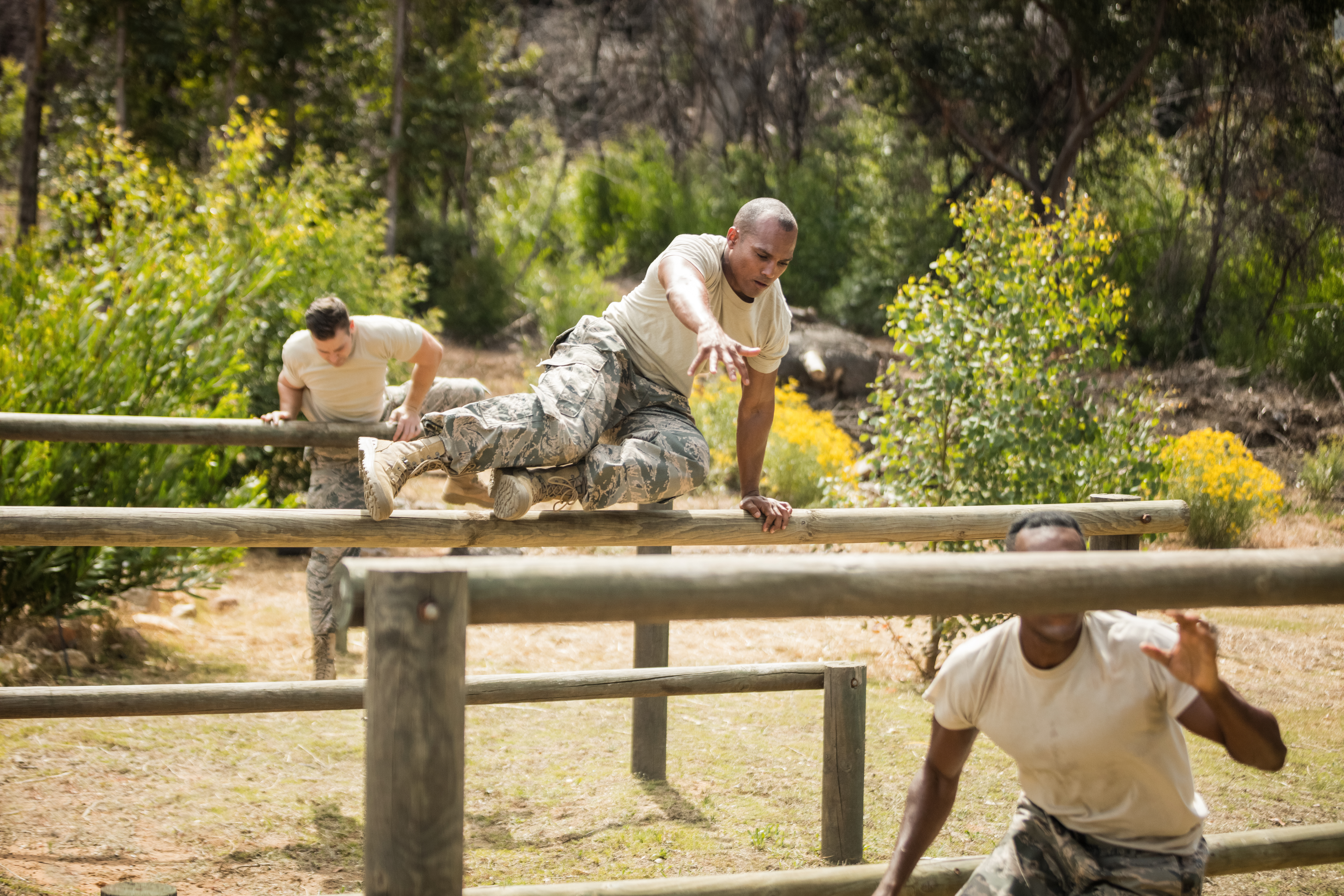
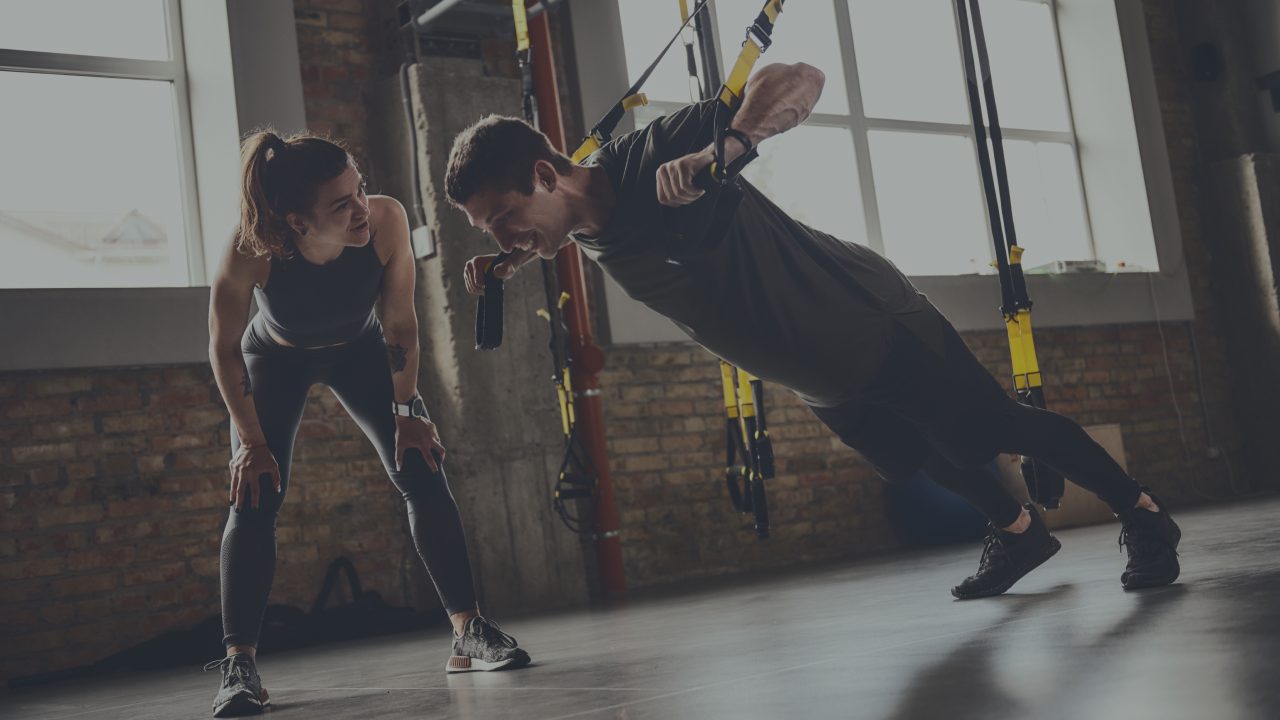
.png)
.png)
-1.png)
